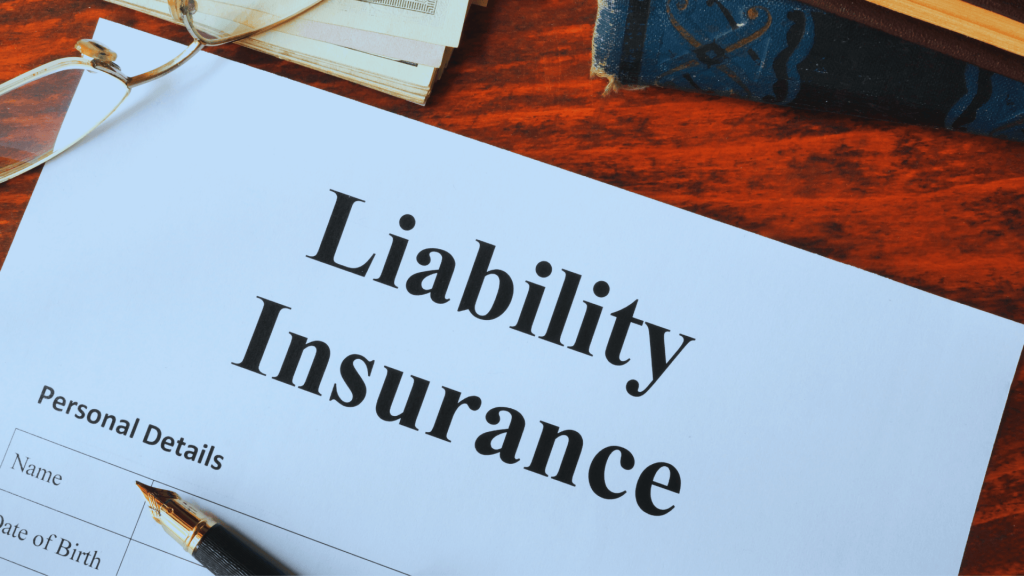Insurance is essential in protecting individuals and businesses from financial loss and offering security in uncertain situations. Two of the most commonly discussed insurance categories are property and casualty insurance, both of which play critical roles in managing risk.
However, despite their frequent pairing, these coverages serve distinct purposes. Understanding the differences between them is crucial for selecting the right type of coverage for specific needs. This article explores the difference between property and casualty insurance, comparing their scope, coverage, and importance.
What Is Property Insurance?
Property insurance is designed to protect physical assets from loss or damage due to various risks. It typically covers buildings, equipment, inventory, and personal belongings against perils such as fire, theft, vandalism, or natural disasters. Property insurance can be purchased for personal or commercial properties, and it offers safety by ensuring that the value of your assets is protected against unpredictable events.
For instance, if a business suffers damage from a fire, property insurance would cover the repair costs or replacement of destroyed assets. Similarly, a homeowner would be compensated for damages caused by a storm or theft. Common types of property insurance include homeowners insurance, commercial property insurance, and renters insurance.
What Is Casualty Insurance?
While property insurance focuses on physical items, casualty insurance covers liability. It protects individuals and businesses from legal liability in cases where they are responsible for injuries or damage to others. This type of insurance ensures that if a policyholder is found liable for causing harm, the insurer will cover the financial burden.
Casualty insurance includes coverage for legal defense costs, settlements, and judgments in lawsuits. For example, if a customer slips and falls in a store, resulting in injury, the business owner’s casualty insurance would cover the legal fees and any compensation awarded to the injured party. Types of casualty insurance include general liability insurance, workers’ compensation insurance, and auto liability insurance.

Key Difference Between Property and Casualty Insurance
The key difference between property and casualty insurance is that property insurance protects physical assets, while casualty insurance covers liability for harm to others. Property insurance deals exclusively with protecting physical assets—whether personal or commercial. It compensates the policyholder for damage or loss to their own property. On the other hand, casualty insurance provides protection from legal responsibility when the policyholder is held liable for damages to others.
An example that shows this difference involves a business owner. If a business experiences a break-in, property insurance would cover the cost of repairing the damage and replacing stolen items. But if a customer gets injured on the business premises and sues, the liability costs would be covered by casualty insurance.
Risk Types Covered
Another important difference lies in the types of risks each insurance covers. Property insurance typically covers risks such as:
- Fire
- Theft
- Vandalism
- Storm damage
These risks are associated with physical damage or loss of assets. On the other hand, casualty insurance covers liability risks such as:
- Accidents leading to injury
- Damage to another person’s property
- Negligence resulting in financial loss to others
For example, if a contractor accidentally damages a client’s property during a renovation project, liability insurance (a type of casualty insurance) would cover the repair costs. On the other hand, if the contractor’s own tools are stolen from the site, property insurance would cover the loss.
Who Needs Property Insurance?
Property insurance is crucial for anyone who owns or rents physical assets, whether personal or business-related. Homeowners, renters, and businesses with significant property holdings should all consider having some form of property insurance.
Businesses in sectors like real estate, retail, manufacturing, or hospitality rely on property insurance to safeguard their buildings, inventory, and equipment from risks that could disrupt operations. Without it, the financial burden of replacing or repairing property could be devastating. As for homeowners, property insurance provides critical protection for their most valuable asset—their home.
Who Needs Casualty Insurance?
Casualty insurance is equally important, especially for those exposed to liability risks. This is particularly important for business owners, contractors, or professionals whose work involves interacting with customers, clients, or the public. In industries like construction, healthcare, and retail, where accidents and liability claims are common, having proper casualty insurance coverage is essential.
For instance, a small business that operates a store should have general liability insurance to cover accidents like slips and falls. Without casualty insurance, even a minor lawsuit could have a significant financial impact. Similarly, professionals in industries like consulting or real estate may need errors and omissions insurance to protect against claims of professional negligence.

Premiums and Pricing Factors
The cost of insurance is often a deciding factor when choosing coverage, and both property and casualty insurance have different pricing considerations. Property insurance premiums are generally based on factors such as:
- The location of the property (e.g., areas prone to natural disasters may have higher premiums).
- The value and type of property (more valuable or unique properties are more expensive to insure).
- The type of coverage and deductible chosen.
In contrast, casualty insurance premiums are influenced by factors like:
- The type of business or individual exposure to liability risks.
- Claim history (a history of frequent claims may result in higher premiums).
- The level of coverage required.
For example, a business with high liability risks, such as a construction company, will likely pay higher premiums for casualty insurance than a business with lower risk, such as a retail shop.
How Property and Casualty Insurance Work Together
While property and casualty insurance cover different aspects of risk, they often work together to provide comprehensive protection. Many businesses and individuals carry both types of insurance to cover all bases. For example, a retail store may have property insurance to protect its properties and casualty insurance to cover liability risks if a customer gets injured on the premises.
Together, these policies create a safety net that protects a business’s assets and the financial consequences of potential lawsuits.
Conclusion
The difference between property and casualty insurance lies primarily in the scope of coverage – property insurance focuses on protecting physical assets, while casualty insurance protects against legal liability for injuries or damage to others. Both are essential in managing risk, and most individuals or businesses need a combination of the two to fully safeguard their assets and operations.
To reduce the administrative burden associated with managing property and casualty insurance, many insurance agencies opt for P&C insurance outsourcing, streamlining tasks like claims processing and policy management. Understanding the nuances between these coverages helps ensure that adequate protection is in place to handle unforeseen events effectively.
